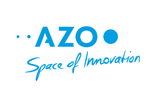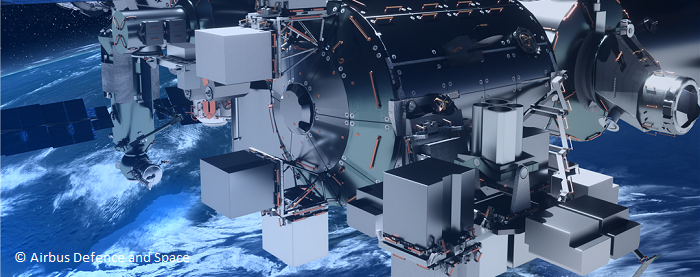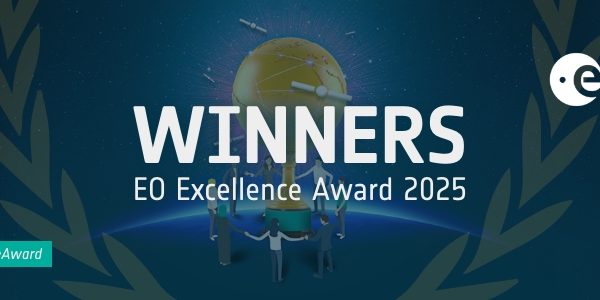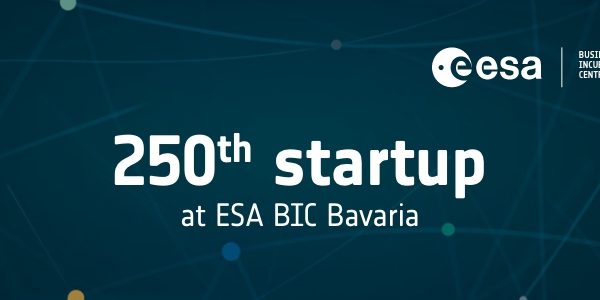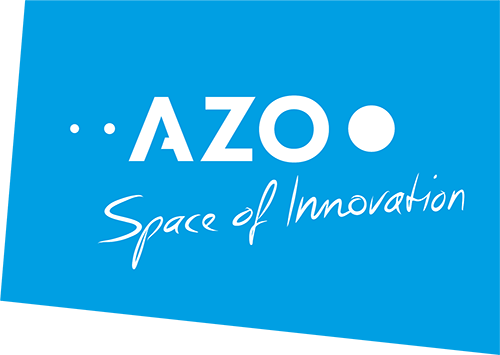Appropriate testing environments without confounding factors are key to conduct successful experiments. Micro-gravity enables this kind of unique laboratory without the distortion scientists face on our planet Earth. This article shows how future-oriented experiments benefit from the conditions in complete weightlessness like on the International Space Station (ISS) and where you can experience new space ideas here on Earth on 5 June 2018: Register here.
Three Smartphone-Sized Cell-Culture Experiments in Space
On 15 December 2017, three cell-culture experiments by scientists at the Otto von Guericke University in Magdeburg and the University of Hohenheim, funded by the Space Administration of the German Aerospace Center (DLR), were launched into space on board the US Dragon CRS 13 capsule by a Falcon 9 rocket. The biological samples were installed in experiment containers with the size of a smartphone within the research facility of the Destiny module on the ISS. After returning to Earth in the Dragon capsule, they will be examined in the laboratory.
Key questions they are dealing with include:
- What happens to the immune system in space?
- How do neurons adapt to microgravity?
- How do changes in all cell proteins occur in weightlessness?
The main advantage these experiments have in space is to be able to better observe and control phenomena and processes that are normally masked by the effects of gravity. This is of high importance in the fields of materials science, space biology and life sciences.
Another important and successful experiment on the ISS was inspired by the Red Planet and driven by a Public-Private-Partnership (PPP).
PPP Experiment on ISS Inspired by Methane Found on Mars
On 19 February 2017, the launch of SpaceX Falcon 9 took MMARS1 to space on its way to the ISS. The Microbial Methane Associated Research Strasbourg 1 (MMARS1) experiment is the first one of an ambitious programme that does research on under which conditions methanogenic Archaea (primitive micro-organisms producing methane) can survive and develop in space. Thereby, the objective is to provide insight on the potential existence of methane-producing lifeforms on Mars.
MMARS1 returned to Earth under refrigerated conditions with the commercial SpaceX Dragon 10 capsule on 19 March 2017. The experiment was disassembled in the laboratory of the microbiology research unit at University of Strasbourg by specialists from Airbus Defence & Space and International Space University (ISU) engineers and students. Tests have been taking place to measure the growth and methane produced by the micro-organisms sent to the ISS during their time in space.
These kind of methane-producing micro-organisms could represent an essential asset for future space missions, especially in terms of bio mining, and ultimately fuel production.
An important feature of the MMARS1 experiment is its unique cooperation model in the form of a PPP. Thereby, it combines ISU knowledge of the space environment, know-how on methane-producing micro-organisms in the group various laboratories of University of Strasbourg, technical expertise of Airbus Defence and Space, and the financial support of the Eurometropolis of Strasbourg.
Commercial Airbus Platform myBiorack On Board the ISS
The concept of the commercial Airbus platform myBiorack on the ISS concentrates on re-using existing hardware to shorten the payload integration schedule and to provide cost efficient access to micro gravity research. The commercial portfolio of myBiorack is gaining more and more interest in the science community and Airbus is initiating new cooperation with new companies to enlarge the selection of its compatible facilities and thus the possibilities to use myBiorack.
The myBiorack compatible facilities are operated under Airbus cooperation partners‘ Space Act Agreement with NASA as part of NASA‘s National Laboratory on the ISS. This allows a short term access to ISS, ideally within only 1 year from the contract signing. Typically the experiment will be launched via Progress or SpaceX as late access item and stowed under the required temperature conditions. Upon arrival to the ISS, the crew unloads the experiment and installs it into the myBiorack compatible facilities, which operates fully autonomously. After the execution the experiment will be stowed on-board ISS until its return. On ground the hardware is uninstalled as an early retrieval item and after transported back to the laboratories handed over back to the Principal Investigator (PI).
Both late access and early retrieval times are important to keep sensitive experiments under controlled conditions, but they can vary pending on the launcher and landing scenario. The standardized Experiment Containers are also compatible with other on-board ISS facilities such as readers, microscopes, freezers, etc. This allows making use of broad band offers for sample preparation, storage and analyses devices.
What is the Airbus Challenge about and what awaits the participants of the “Space Moves” Conference
Airbus hosts its own Challenge in the INNOspace Masters competition and is looking for outstanding ideas – meaning scientific experiments, technical solutions, products, services and business models. These ideas are to use space technology and data, thus making a contribution on our daily lives through new insights and technology transfer.
The application fields are as widespread as space itself: From autonomous driving, robotics, Earth observation (even active instruments), 5G connectivity, the Internet of Things (IoT), Machine-to-Machine (M2M), life sciences, thruster tests, material research to totally new technologies and services. Payloads can be hosted for institutional, non-government and private organisations alike.
The prize for the winning idea comprises an entire customised Airbus support package with the following components:
- Access to the global Airbus expert network
- A place on the shortlist for the Airbus BizLab accelerator
- Possibility of pitching to Airbus Ventures
- Consulting for a mission proposal*
- Development of a crowd investing campaign for a space experiment**
*with the aim of a joint application for public funding
**with the aim of financing an ISS experiment (www.my-experiment-in.space)
To learn more about the winning submission of the Airbus Challenge, you are welcome to join the free “Space Moves” Conference on 5 June 2018 at Humboldt Carré in Berlin.
Send Your Experiment to Space – Crowd Investing makes it Possible
- Airbus enables the preparation and implementation of a SpaceStarters crowd investing campaign
- The crowd invests money and the experiment flies to space powered by Airbus and SpaceStarters
About the INNOspace Masters ideas competition
The INNOspace Masters competition is being organised by the Space Administration of the German Aerospace Center (DLR) as an embedded component of the INNOspace® initiative. AZO Anwendungszentrum GmbH Oberpfaffenhofen, an international networking and branding company for the European space programmes, has been implementing the competition since 2015 on behalf of DLR. Partners of the competition are Airbus, OHB and the ESA Business Incubation Centres (BICs) Bavaria and Darmstadt.
